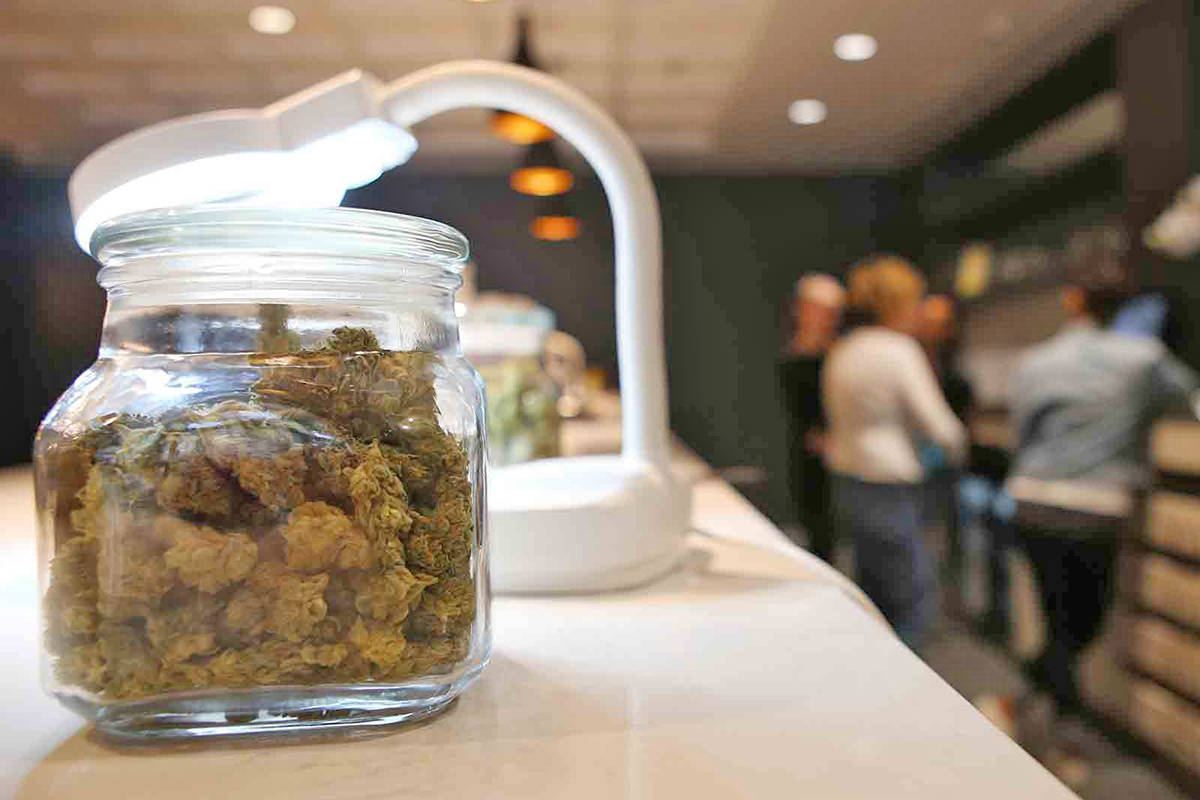Are you confused about cannabis?
There are many different cannabis products available which are produced for different intended uses. Read on to learn more about the difference between medical and recreational use and the different forms of cannabis.
What is cannabis?
According to Alberta Health Services (AHS), cannabis is a broad term used to describe the various products derived from the leaves, flowers and resins of the Cannabis sativa and Cannabis indica plants and defines it as a “psychoactive drug” that is widely used for medical and non-medical purposes.
Cannabis is a general term and can include marijuana, hashish, and hashish oil.
Marijuana is the dried, chopped-up flowering tops and leaves of the cannabis plant, hashish is the dried, sticky resin of the cannabis plant, and hash oil is a thick oil made by purifying hashish with a solvent.
There are several ways to consume cannabis, including smoking, vapourizing and ingestion.
Medical vs. recreational
Since October, 2017, it has been legal in Canada to purchase both medical and recreational cannabis.
Whether a product is intended for medical or recreational use comes down to the amount of THC or CBD it contains.
Tetrahydrocannabinol (THC) is the main active chemical in the cannabis plant — it’s what gives users a ‘high.’
THC affects memory, concentration and coordination.
CBD is the active chemical that’s used for medicinal purposes, as it has little to no psychoactive effects and can be beneficial in relieving pain, nausea, seizures and relaxing muscles, although AHS says there is currently not enough evidence to support using cannabinoids over conventional treatments.
Therapeutic uses may include reducing anxiety and depression.
According to apollocannabis.ca, the most popular medical strains tend to have a 2:1 or 1:1 ratio of CBD to THC. The levels of THC versus CBD varies and depends on the plant strain.
A prescription formulation of THC and CBD is available in Canada for the treatment of spasticity and/or neuropathic pain in multiple sclerosis and cancer pain, as well as prescription synthetic cannabinoids to treat nausea.
If you are interested in using cannabis for medical or therapeutic purposes, it’s best to consult your family physician or health practitioner, so the appropriate strain and dose can be prescribed.
“It is strongly believed that if an individual is self-medicating with recreational cannabis, for a medical or therapeutic intent, it is best to seek guidance from a qualified health care practitioner and a prescription to do so,” states apollocannabis.ca.
“This is because cannabis is very personalized medicine. In order to find the most benefit from using cannabis, specific dosing, strain and consumption recommendations are recommended.”
Recreational cannabis can be purchased from licensed cannabis retail stores.
Purchasing cannabis from non-licensed retailers or growers is illegal. According to apollo.com, consuming illegal cannabis is risky, as there are no regulated testing or quality standards enforced. The strains or terpenoid profiles could be virtually unknown.
Medical cannabis can also only be purchased through licensed producers that have been licensed by the federal government.
Use in Alberta
The legal age for using and purchasing cannabis in Alberta is 18.
Although less Albertans use cannabis than the national average, those who do use it, tend to be lifetime users.
According to survey information published by AHS, over the past 12 months, 20.1 per cent of Canadians admit to having used cannabis, which is double the global amount.
While Alberta has the second-lowest provincial user rate with just 8.9 per cent of residents reporting use over the past year, Alberta has the one of the highest lifetime use percentages at 37.3 per cent.

